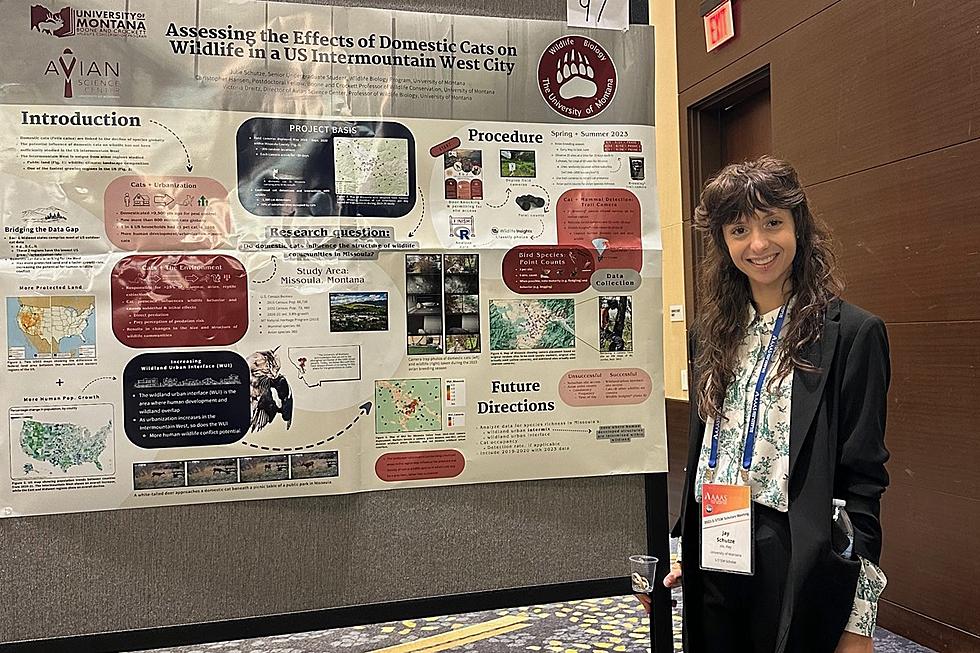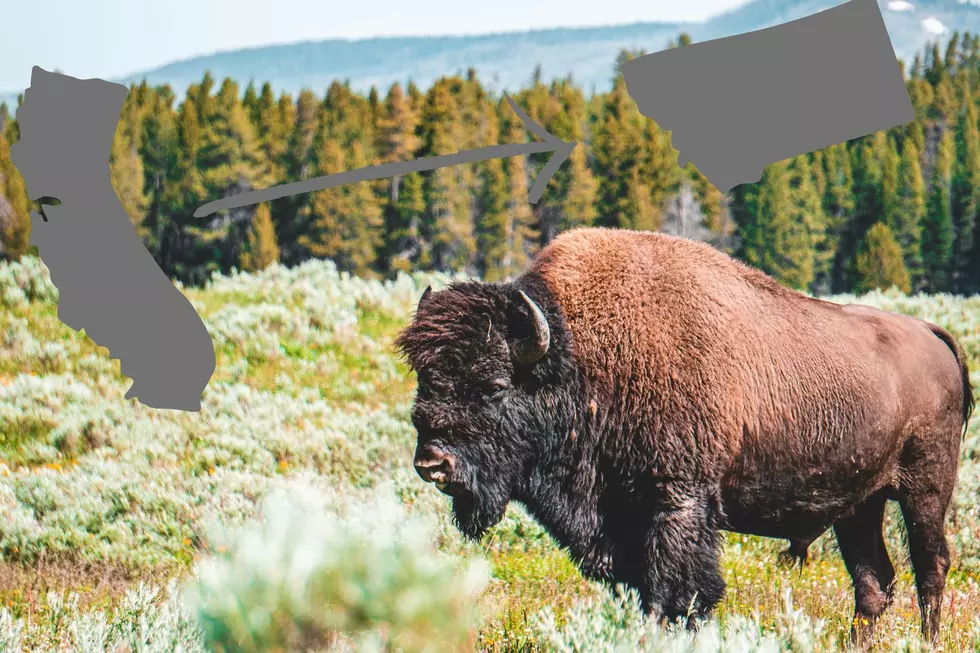
In Purr Suit: U of Montana Calculating Missoula’s Cat Clowders
Would you be surprised to see a group of 30 or more cats running loose in western Montana?
They are apparently a growing phenomenon in the Missoula area. And now, a wildlife biology and nontraditional undergraduate student at the University of Montana is taking on the task of evaluating the effect of cat colonies and the impacts of feral cats on biodiversity in Missoula.
UM News Service tells us that UM student Jay Schutze was on a drive observing the changing foliage by Butler Creek, and saw a herd of what looked to be 30 cats coming over the hill. Jay claims to have been aware of cat colonies in Missoula for several years, but this was the first eye-to- eye encounter, and upon more research, discovered a growing trend of cat colonies in the area.
Groundbreaking research is underway, spearheaded by this student in the in the W.A. Franke College of Forestry and Conservation, spawned by a love for animals that began at age 14 while working as a horse ranch hand. And a peculiarity in Missoula’s city code regarding domestic cats became a source of fascination.
A CAVALIER CLAWS
A Missoula city ordinance somewhat sanctions the existence of domestic cat colonies, stating that, "A cat can wander freely outside if neutered or spayed. At the same time, there is no local entity in the city that can regulate populations, because once a cat is feral, they cannot be adopted."
This has led to an uptick in feral cats across local urban and wildlife areas and an increasing number of strays banding together.
A LANDSCAPE OF FEAR?
Schutze was told by Missoula's AniMeals, a no-kill adoption center and nonprofit animal food bank, that more than 50 cat colonies are projected to live in Missoula, with an average of 25 cats per colony. While it is well-known they can have a significant impact on populations of native birds, additional research indicates they adversely impact a wide variety of other species.
Schutze says, “Cats can create what is known as a ‘landscape of fear. “A cat’s mere presence in an animal’s habitat could be enough for a mammal to avoid an area, a bird to abandon their nest or even attract other potential predators to the area.”
CAT COLLABORATION
Jay Schutze will apply the research wor of Christopher Hansen, a postdoctoral research associate in the UM Boone and Crockett Wildlife Conservation Program. They will use 100 motion-activated trail cameras to monitor domestic cats and wildlife to see how their presence might change other species’ behaviors.
They also will integrate Christopher Hansen’s data on human-wildlife crossover and conflict into the model, hoping to gather data on where domestic cats are, what other species are sharing space with them and how this is impacting wildlife behavior.
The ultimate goal of the research is, "determining how biodiversity in the Missoula area is impacted by domestic cats."
We will keep you informed of their findings.
Why do cats have whiskers? Why do they meow? Why do they nap so much? And answers to 47 other kitty questions:
Gallery Credit: Andrew Lisa
LOOK: Unique baby names from the year you were born
Gallery Credit: Stacker
More From 94.9 KYSS FM









